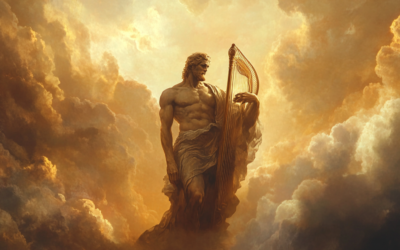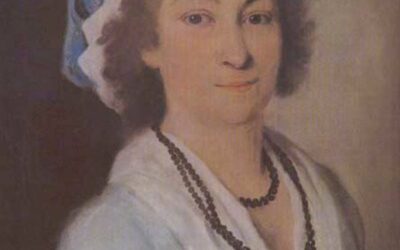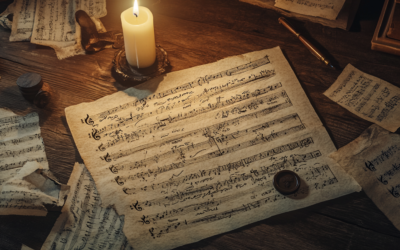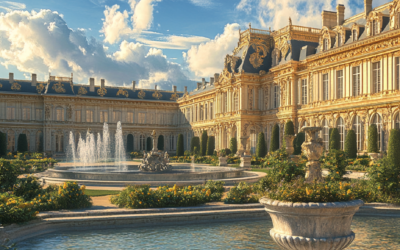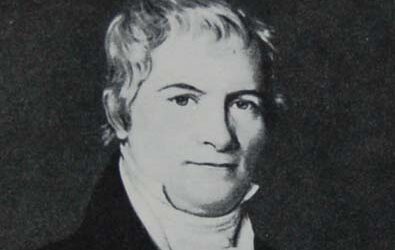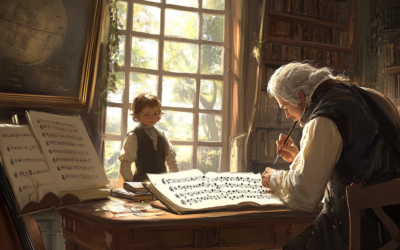Rewriting Mozart
A Revealing New Interview on His Thematic Catalogue
Introduction
Welcome to MozartrazoM, your source for in-depth research and fresh perspectives on Wolfgang Amadeus Mozart. We’re excited to present a brand-new interview that challenges many of the long-held assumptions about Mozart’s Thematic Catalogue (1784–1791). Conducted by Swedish journalist Henry Grynnsten, this conversation delves into groundbreaking forensic techniques—like advanced ink analysis and digital image processing—that may change the way we view Mozart’s late works.
"The fact is, once you start examining the Catalogue with modern tools, multiple authors become an extremely plausible reality. We see inconsistencies in the formation of musical clefs, discrepancies in the inks, and even vocabulary usage that doesn’t match Mozart’s letters."
Interview Excerpt
What You’ll Discover
- Surprising Inconsistencies: Learn how subtle differences in handwriting and ink usage raise questions about the Catalogue’s authenticity.
- Multiple Hands at Work?: Explore the possibility that Mozart’s Thematic Catalogue may have been compiled posthumously by different contributors, rather than by the composer himself.
- Far-Reaching Implications: Understand why re-evaluating the Thematic Catalogue could radically alter our view of Mozart’s late compositions—including the Clarinet Concerto and the “Jupiter” Symphony.
- Methodology and Technology: Gain insight into the cutting-edge forensic and digital analysis methods used by our team of musicologists and forensic specialists.
Curious to read the full story? Download the complete PDF below.
Click here to download the PDF interview (no registration required)
Meet the Researchers
The interview features Dr. Luca Bianchini, Dr. Anna Trombetta, and Prof. Martin Jarvis—a team of experts from the fields of musicology, palaeography, and forensic document examination. Their combined expertise offers a riveting new lens through which to study one of classical music’s most celebrated figures.
Interested in More?
- For detailed forensic evidence and further discussion, feel free to contact us directly.
- Follow us on social media for updates on upcoming articles, interviews, and events related to Mozart scholarship.
Join the Conversation
We’d love to hear your thoughts on these findings! Leave a comment below or share your reactions with us on social media. Let’s keep the dialogue alive and explore Mozart’s musical legacy from every possible angle.
Thank you for visiting MozartrazoM. We hope this interview sparks your curiosity and enriches your understanding of Mozart’s remarkable, yet still mysterious, life and work.
You May Also Like
Bohemia or Moravia: Reconfiguring Music History
Why does music history insist on an Austrian narrative, when the contributions of other nations are just as crucial?
The True Caregiver: A Closer Look at Mozart’s Final Days
Who truly cared for Mozart in his final days: his wife Constanze or his sister-in-law Sophie? The True Caregiver unravels this age-old mystery, challenging our perceptions and shedding light on the figures closest to the composer in his last hours.
The Mysterious Origins of Mozart’s K.115
The story of Mozart’s Mass K.115 is one of myth and mistaken identity, pointing not to Wolfgang’s genius but rather to his father Leopold’s hidden influence.
Unveiling the Truth: Mozart in Paris
Unveiling the often-overlooked reality of Mozart’s time in Paris reveals a story of manipulation and deception, far removed from the glorified narratives crafted by his father, Leopold.
The Questionable Legacy of Niemetschek’s Biography
Leopold Mozart’s life was a whirlwind of ambition, deceit, and disappointment—a stark portrait of a man chasing success at any cost.
Leopold Mozart: A Portrait in Shadows
Leopold Mozart’s life was a whirlwind of ambition, deceit, and disappointment—a stark portrait of a man chasing success at any cost.


